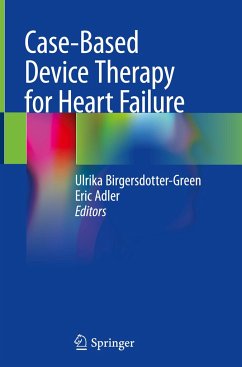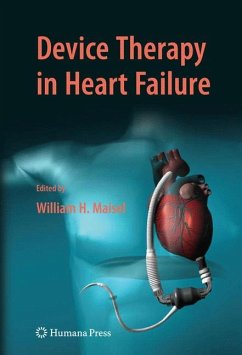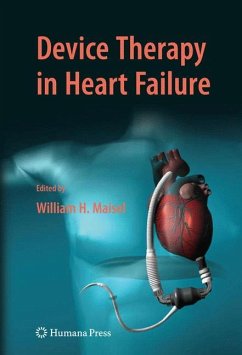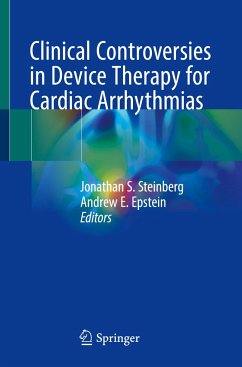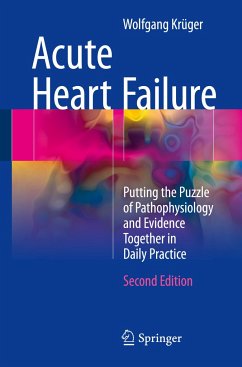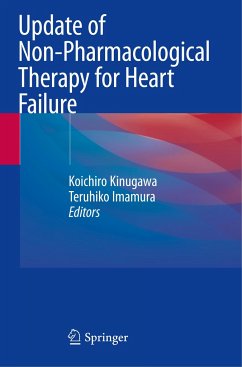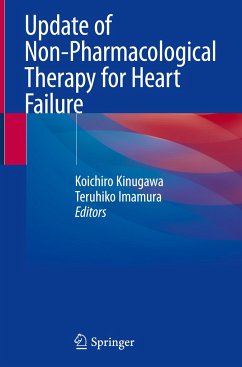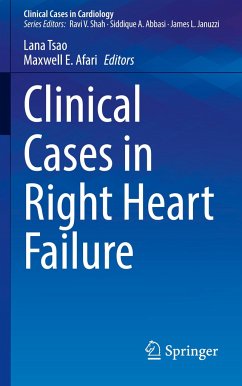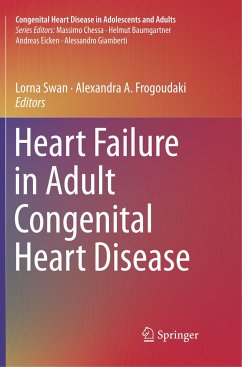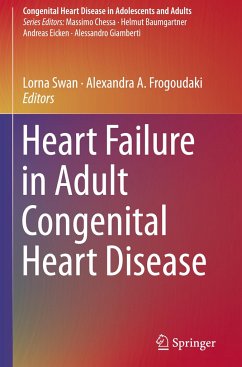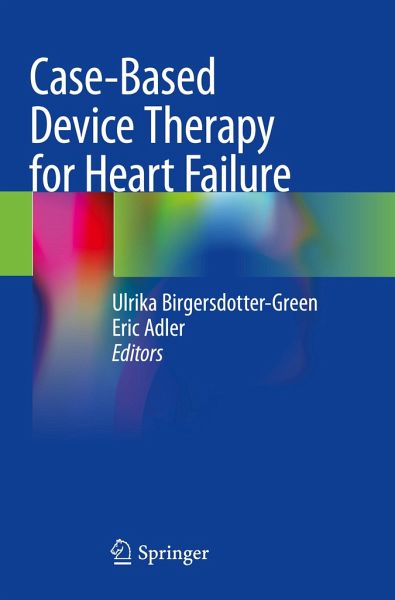
Case-Based Device Therapy for Heart Failure
Versandkostenfrei!
Versandfertig in 6-10 Tagen
76,99 €
inkl. MwSt.

PAYBACK Punkte
38 °P sammeln!
This book provides a comprehensive practical guide to the plethora of devices that have been developed to support the failing heart. It features easy to follow clinically relevant guidance on mechanical devices used for improving cardiac electrical conduction and cardiac output. Chapters cover indications and implant considerations for the implantable cardioverter defibrillator and cardiac resynchronization therapy devices and hemodynamic monitoring in the intensive care unit. Case-Based Device Therapy for Heart Failure describes how to properly use a range of available devices to treat heart ...
This book provides a comprehensive practical guide to the plethora of devices that have been developed to support the failing heart. It features easy to follow clinically relevant guidance on mechanical devices used for improving cardiac electrical conduction and cardiac output. Chapters cover indications and implant considerations for the implantable cardioverter defibrillator and cardiac resynchronization therapy devices and hemodynamic monitoring in the intensive care unit.
Case-Based Device Therapy for Heart Failure describes how to properly use a range of available devices to treat heart failure. Thanks to its multidisciplinary authorship, it is a valuable resource for practising and trainee heart failure cardiologists, electrophysiologists and cardiac surgeons.
Case-Based Device Therapy for Heart Failure describes how to properly use a range of available devices to treat heart failure. Thanks to its multidisciplinary authorship, it is a valuable resource for practising and trainee heart failure cardiologists, electrophysiologists and cardiac surgeons.





